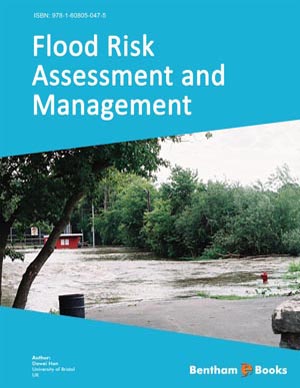Abstract
Microplastic pollution has become a serious problem that affects all marine
and terrestrial environments worldwide. In this study, we investigated microplastics in
the beach sediments and thus we collected 18 sediments from seven locations in
Thoothukudi coastal area. Microplastics were separated and recognized using visual
and micro-Fourier Transform Infrared spectroscopy (µFT-IR) studies. Microplastics’
concentration ranges from high concentrations (up to 53 particles kg-1 d.w) in the dune
areas to visibly lower ranges compared to beach sediments (up to 27 particles kg-1 d.w).
The majority of microplastics identified in collected sediments were polyethylene (PE),
polypropylene (PP), fiber(F), cellulose(CL) and nylon(NY) . The result of this study
can provide valuable background information about microplastic pollution by using
Atomic Force Microscopy (AFM) and the outcome of the results shows the presence of
microplastics that pollute the marine environment in Thoothukudi coastal area and
the human health risk in these areas.
Keywords: Aquatic ecosystem, Biota, Density extraction, Environment, Extraction, Electrostatic separation, FTIR, Filtration, Grab sampler, Identification, Microplastic, Magnetic extraction, Planktonic net, Pyr-GC-MS, QA/QC, Quantification, Raman spectroscopy, SEM, Sediment, Sample processing, Sampling, Terrestrial ecosystem.












